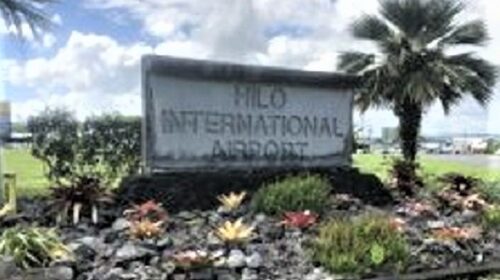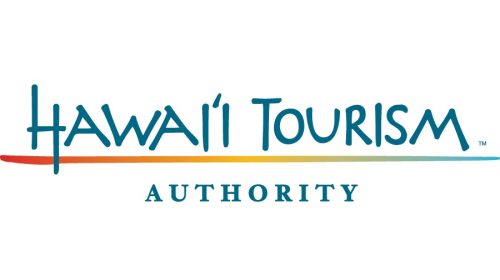United States Government FEMA Response on Maui
FEMA’s mission is to help people before, during, and after disasters. FEMA is a U.S. Government disaster agency.
On the one-month anniversary of the deadly fires in Lahaina, Maui, FEMA summarized its activities today:
Now that the flames are out and thousands of people are safely housed and fed, now that neighbors and friends have taken the first step of their recovery by helping each other, this devastated community is working hard to recover from the worst disaster to strike Maui in a lifetime.
It has been a month since the Aug. 8 wind-fueled wildfires roared through Lāhainā, indiscriminately taking lives that were nurtured here. Communities are mourning their loss, grieving alongside their loved ones, and coming to a deeper understanding that healing will take time.
The same fires destroyed or severely damaged thousands of structures in Lāhainā and knocked out the water supply for Upcountry communities around Kula. The flames turned the colorful, historic town of Lāhainā into a shadow of its former self. Burnt-out cars became melted hulks on Front Street. Singed leaves dangled from the trees that still stood. The King Kamehameha III Elementary School fell, and the children of Lāhainā lost their toys, their teddy bears, their bikes, and their games.
Thousands of residents lost their homes and their livelihoods. But what remains of Lāhainā is a tight-knit community that shares a collective loss and a commitment to the future. Neighbors are helping neighbors.
Maui arborists, landscapers, and volunteers worked to save the town’s famed 150-year-old banyan tree. Community groups stepped in to lend a hand. They collected water, food, clothing, and blankets, and took care of each other. Nā ‘Aikāne o Maui Lāhainā Cultural Center set up an orange tent near the Kāʻanapali resorts and filled it with a department store’s worth of donated goods. That’s where two little girls found shiny, new bikes and reason to giggles they rode around Kāʻanapali this week. Right after the fires, staff from the center temporarily set up at the Lāhainā Post Office before moving to the tent to serve the community.
Disaster response is a shared kuleana. It is a collaborative effort that springs from crisis, led by communities with the support of all levels of government, nonprofits, and private companies. From the start, the State of Hawaiʻi and Maui County teamed up with the American Red Cross, supported by FEMA, the U.S. Small Business Administration, and other federal and local partners, to manage the response and recovery effort. The federal presence has been significant, with more than 1,500 personnel in Maui and Oʻahu. Working together as one ʻohana is healing.
Local, state, and federal agencies are also working with trusted local community leaders and faith-based organizations that understand, deeply, the history and culture of Maui. Their guidance is enabling recovery teams to address the challenges on the ground and connect with survivors in a way that resonates with the community. For example, FEMA has modified its “one application per residence” requirement and will allow multiple people, who often live under one family roof in Lāhainā, to apply individually for FEMA assistance. Native Hawaiian cultural practitioners conduct blessing ceremonies for the opening of each disaster recovery center.
The Red Cross has served more than 198,000 meals and hosted nearly 98,500 overnight stays in the first month of the disaster. The state has tapped the humanitarian group to coordinate emergency housing with Maui County for disaster survivors, an effort funded by FEMA. Through the Red Cross, Maui County, and FEMA, more than 6,500 survivors are now staying in hotels and timeshare properties where they can develop plans to return to their homes or other more permanent residences. The robust Red Cross effort is ongoing, with families and individuals receiving meals, casework, and emotional support. That is how the people of Hawaiʻi care for and support the Maui ʻohana.
Financial support has also flowed. To date, FEMA and the U.S. Small Business Administration have approved more than $65 million in federal assistance for Maui survivors. That total includes $21 million in FEMA assistance approved for individuals and households. Of the $21 million, $10 million was approved for housing assistance and $10.8 million more was approved for essentials like clothing, furniture, appliances, and cars. SBA disaster loans total nearly $45 million for Maui homeowners, renters, and businesses. SBA loans are the largest source of federal disaster recovery funds for survivors.
FEMA specialists who were part of the initial wave of responders arriving on the island have helped residents apply for FEMA assistance. So far, more than 5,000 survivors have been approved for FEMA Individual Assistance. That number will keep growing.
Three disaster recovery centers are open in Lāhainā, Makawao, and Kahului to help all who lost something essential in the fires. The Council for Native Hawaiian Advancement also opened a disaster relief center at Maui Mall for survivors who prefer to receive help from other Native Hawaiians.
At disaster recovery centers and the Family Assistance Center, on bulletin boards around the island and across the media, residents can get information critical to their recovery – information that some say is as important as food and water after a major disaster. It helps survivors take those first steps to get their lives back in order.
On another front, power and water are being restored to Lāhainā and the Upcountry region of Maui. The U.S. Army Corps of Engineers, which supplied temporary power to fire-ravaged areas, has even begun redeploying its generators. It is a clear sign of measurable progress as power is restored. The U.S. Environmental Protection Agency has begun identifying and removing hazardous materials from properties struck by the flames. Maui County officials are working closely with the state and the Corps of Engineers to manage the safe and careful removal of debris, a necessary step toward recovery.
Amid the ashen landscape, a flash of light: two little girls on shiny new bikes pedaling faster and faster. In their laughter, you can hear it: ʻOhana is family.




